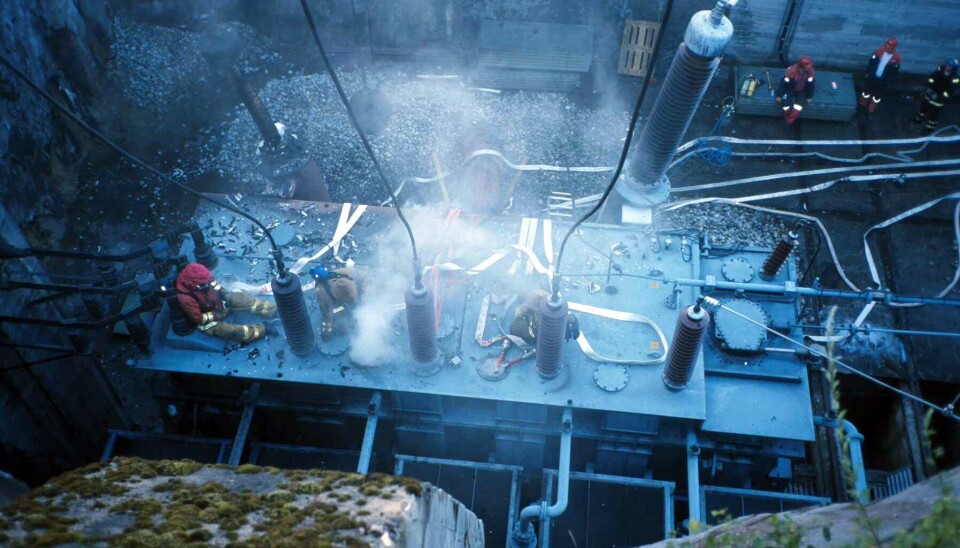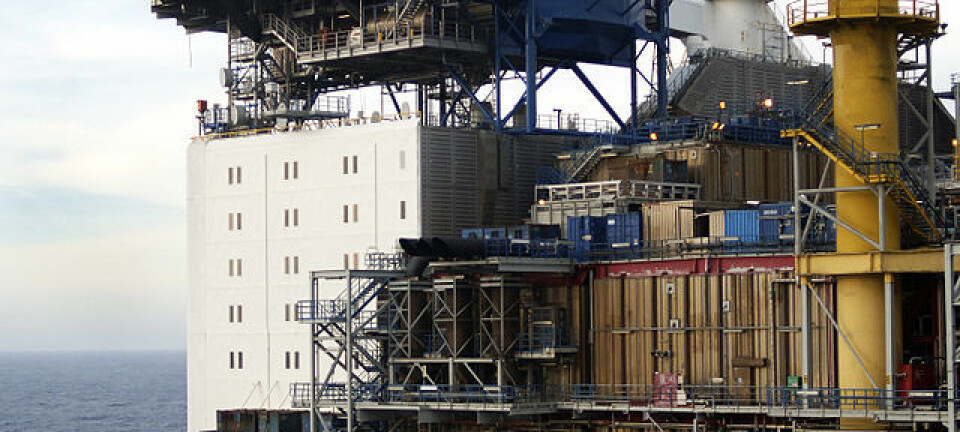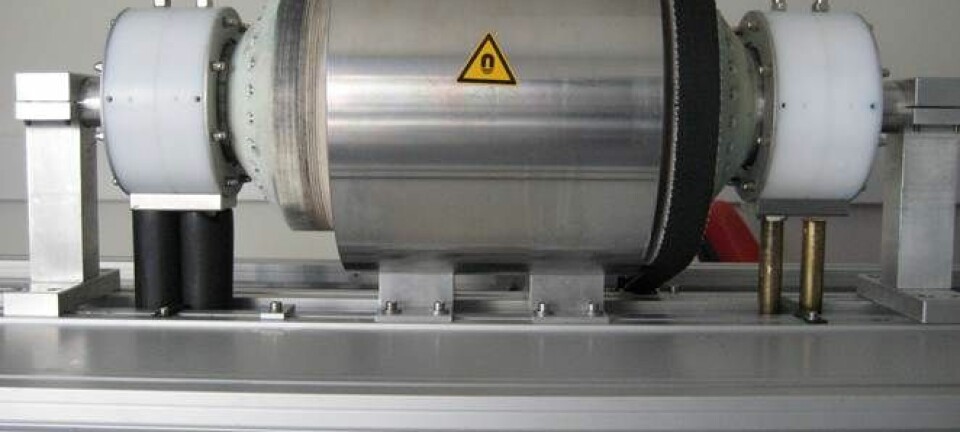An article from Norwegian SciTech News at SINTEF

Preventing transformer explosions
Technology used in the crumple zones of cars can avert serious explosions in transformers, believe researchers.
Denne artikkelen er over ti år gammel og kan inneholde utdatert informasjon.
“Transformer failures have cost human lives when things have gone seriously wrong,” says Håkon Nordhagen, a materials specialist.
Large oil filled transformers are found in all power and switching stations, as well as in many large buildings. If an internal short-circuit occurs, an electrical arc, gas formation and pressure increase will be the result.
According to Nordhagen, the likelihood that Norway could experience major explosions caused by short-circuits of this sort is low. But precisely because lives can be lost and property damaged if they do occur, he and his colleagues now want the electricity supply sector to adopt safety measures used by vehicle manufacturers.
“Today, transformers are installed in stiff steel tanks. The risk of explosions can be reduced if the industry changes to “soft” housings that absorb energy in the same way as modern car bodies,” he says.
Pilot project underway
“However, the stiffness that is usually incorporated has an unfortunate side-effect,” Nordhagen points out.
On one hand, the transformer tanks are able to withstand more pressure than they could have done without the reinforcement, on the other, the extra stiffness means that they cannot expand when the electric arc is burning, causing the pressure in the oil and gas to rise dramatically.
High internal pressure is undesirable for many reasons, says the scientist: “Combustible gases and oil can leak out of gaskets and penetrators, which may ignite fires or explosions. Moreover, stresses occur within the material of the tank, increasing the probability that it will rupture," says Nordhagen.
"And if this happens, bolts, hatch-covers and similar components may be slung out with great force, depending on how high the internal pressure is.”
This is why Nordhagen and his colleagues are so keen on developing an alternative “bodywork” solution.
Energy-absorbing tanks
Car bodywork is designed with soft zones that absorb energy from collisions by crumpling. The idea is to design transformer tanks in such a way that they expand when their internal pressure increases, without risking that major rises in tension and weak points in their material occur as a result of the expansion.
If such an expansion is allowed, there will be more time available for the transformer to be disconnected from the grid before rupture occurs.
"It is perfectly possible to achieve this, while at the same time ensuring that the housing is stiff enough to withstand transport stresses and the vacuum treatment,” says the researcher.
The aim of the recently launched transformer safety pilot project is to pave the way for a large-scale competence-building main project.
“With better knowledge and new mathematical models, we will be able to observe the relationships between the physics of electric arcs, the transformer tank and the electrical protection system. This will offer us new prospects of modelling safe and reliable solutions,” says Nordhagen.


































